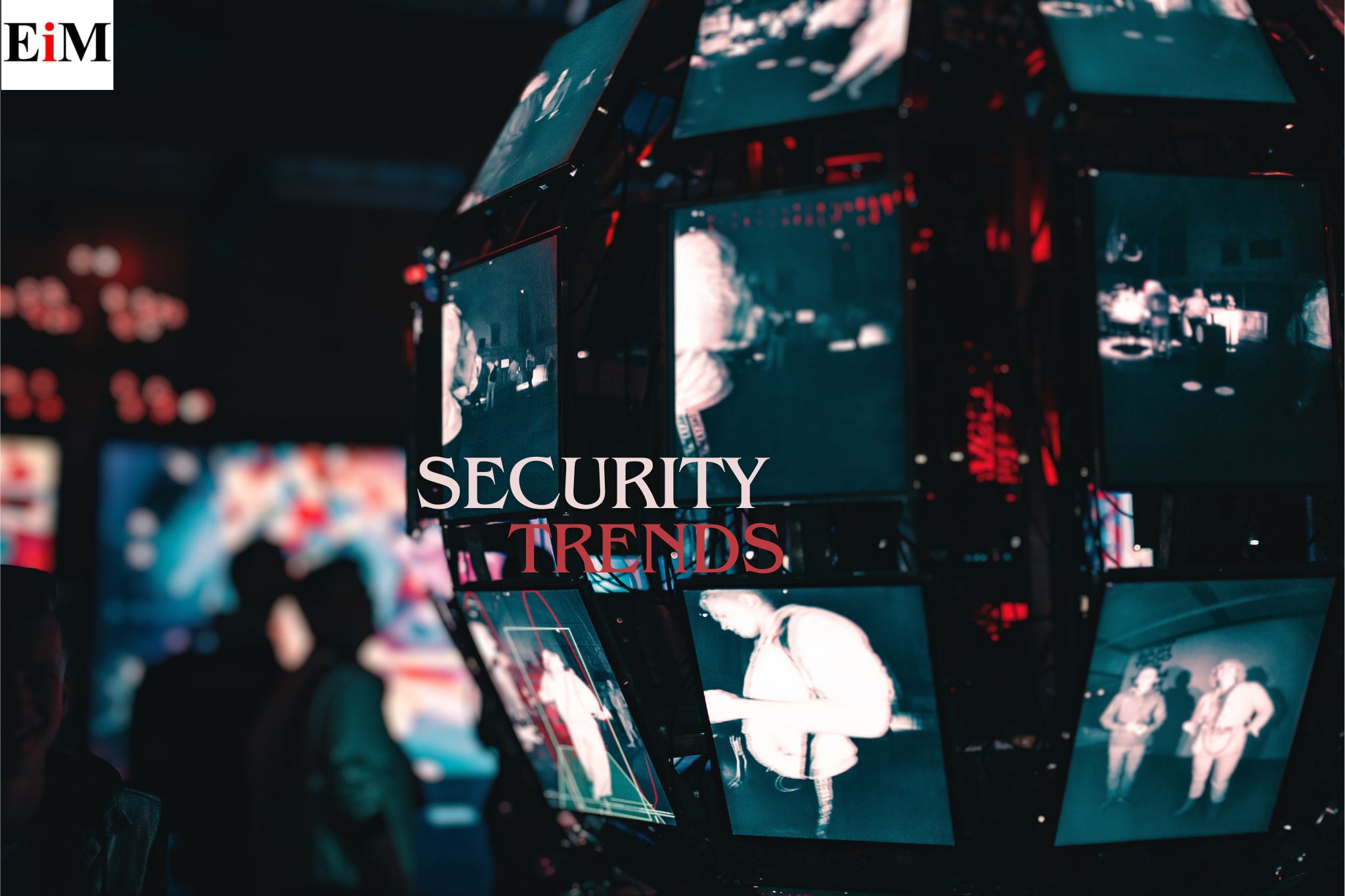
In 2024, Software as a Service (SaaS) security is undergoing a transformative evolution driven by technological advancements and emerging threats. As SaaS adoption continues to rise, so does the importance of robust security measures to protect sensitive data and ensure the integrity of these applications. In this blog post, we will be discussing the trends shaping SaaS security in 2024.
The first trend revolves around AI-powered threat detection, where machine learning algorithms play a pivotal role in identifying and mitigating risks. Additionally, Zero Trust Architecture is gaining prominence, emphasizing continuous verification of user identity and device integrity. Cloud-native security solutions are also becoming integral, aligning with the growing reliance on cloud-based infrastructures. Furthermore, the rise of DevSecOps emphasizes the integration of security measures throughout the software development lifecycle. These trends collectively redefine SaaS, security ushering in a new era of resilience and adaptability.
Let us look at these top 7 trends briefly and understand the potential of these trends in 2024.
- Zero Trust Architecture: The increasing use of Zero Trust Architecture is one of the major developments in SaaS security. Security models have traditionally depended on perimeter defenses, assuming attacks could be contained outside the network. Nonetheless, a more proactive strategy is necessary given the changing threat scenario. In accordance with the zero-trust theory, no entity—internal or external to the network—should be trusted by default. Rather, each person, device, and application trying to access SaaS services must undergo continuous verification.
- AI and ML for Threat Detection: Improving SaaS security is largely dependent on the integration of Artificial Intelligence (AI) and Machine Learning (ML) technologies. Through the analysis of trends, anomalies, and user behavior, these technologies provide proactive threat detection. AI and ML-powered solutions can offer real-time insights and help enterprises stay one step ahead of cyber attackers by continuously learning and reacting to emerging threats.
- Container Security: It is becoming more and more important to secure these containers as businesses use containerization to deploy and scale apps. One of the main areas of attention for SaaS security methods is container security. Through the implementation of strategies like runtime protection and container orchestration security, enterprises may protect their SaaS apps and the supporting infrastructure against potential threats.
- Data Encryption and Privacy: As sophisticated data breaches increase in frequency, encryption is growing in importance as a key component of SaaS security. Data is kept safe at every stage of its lifetime, from creation to transmission and storage, by end-to-end encryption. Furthermore, there is a rising focus on user privacy, with SaaS companies implementing privacy-preserving measures to abide by legal requirements and foster user confidence.
- Continuous Compliance Monitoring: This is a crucial component of SaaS security in an age of constantly changing rules and compliance needs. Automation solutions are being used by organizations to make sure that their SaaS apps follow industry norms and laws. In addition to reducing compliance risks, this proactive strategy strengthens the security posture overall.
- Identity and Access Management (IAM): IAM, which focuses on regulating and managing user access to apps and data, is still a vital part of SaaS security. In order to prevent unwanted access, role-based access control (RBAC), adaptive access policies, and multi-factor authentication (MFA) are becoming commonplace procedures. Organizations may bolster their defenses against credential-based attacks and illegal data access by strengthening their IAM protocols.
- Sharing of Threat Intelligence and Incident Response: Minimizing the effects of security breaches requires quick and efficient incident response. SaaS companies are making investments in sophisticated incident response systems that combine automation and human knowledge to quickly identify, contain, and mitigate security events. Furthermore, the exchange of threat intelligence across businesses is becoming more popular, enabling real-time collaboration within the community to detect and neutralize new threats.
Conclusion:
SaaS security trends are changing as 2024 draws closer to meeting the ever-changing nature of cyber threats. A comprehensive approach to SaaS security includes AI and ML-powered threat detection, container security, data encryption, continuous compliance monitoring, IAM, sophisticated incident response tactics, and Zero Trust Architecture. Businesses that proactively adopt and apply these trends will be in a better position to protect their digital assets and uphold the confidence of their users in an increasingly data-driven and networked business environment.
We suggest you check out our website for more blogs like this. You can also subscribe to our weekly newsletter and stay up-to-date.
ExcelliMatrix is your online guardian. Protect your business and sensitive information from evolving threats with our cutting-edge services. We promise that your security is our top priority. Connect with us if you need any cybersecurity assistance or any technological consultation. You can contact us at 406-646-2102 or email us at sales@excellimatrix.com. We provide IT support and software development support, and you can benefit from partnering up with us.
Stay connected with us on LinkedIn and Facebook, and follow us on Twitter for more information like this.